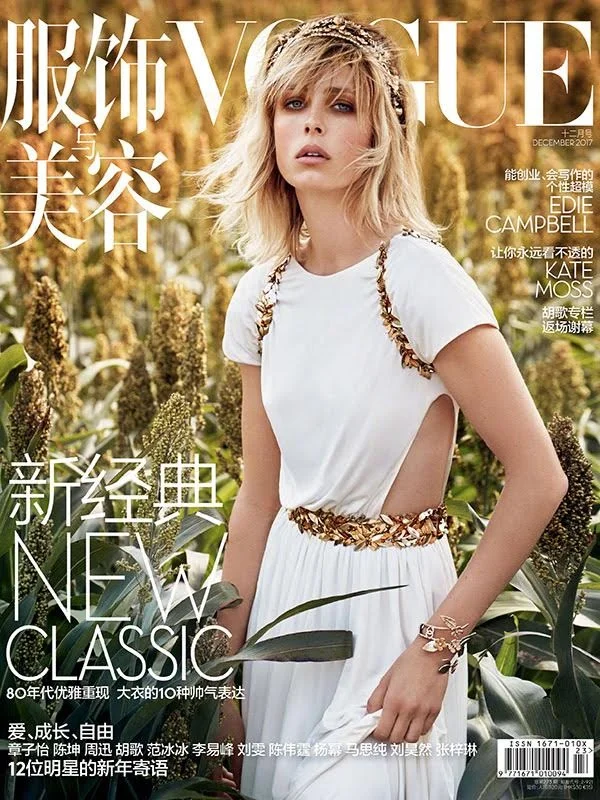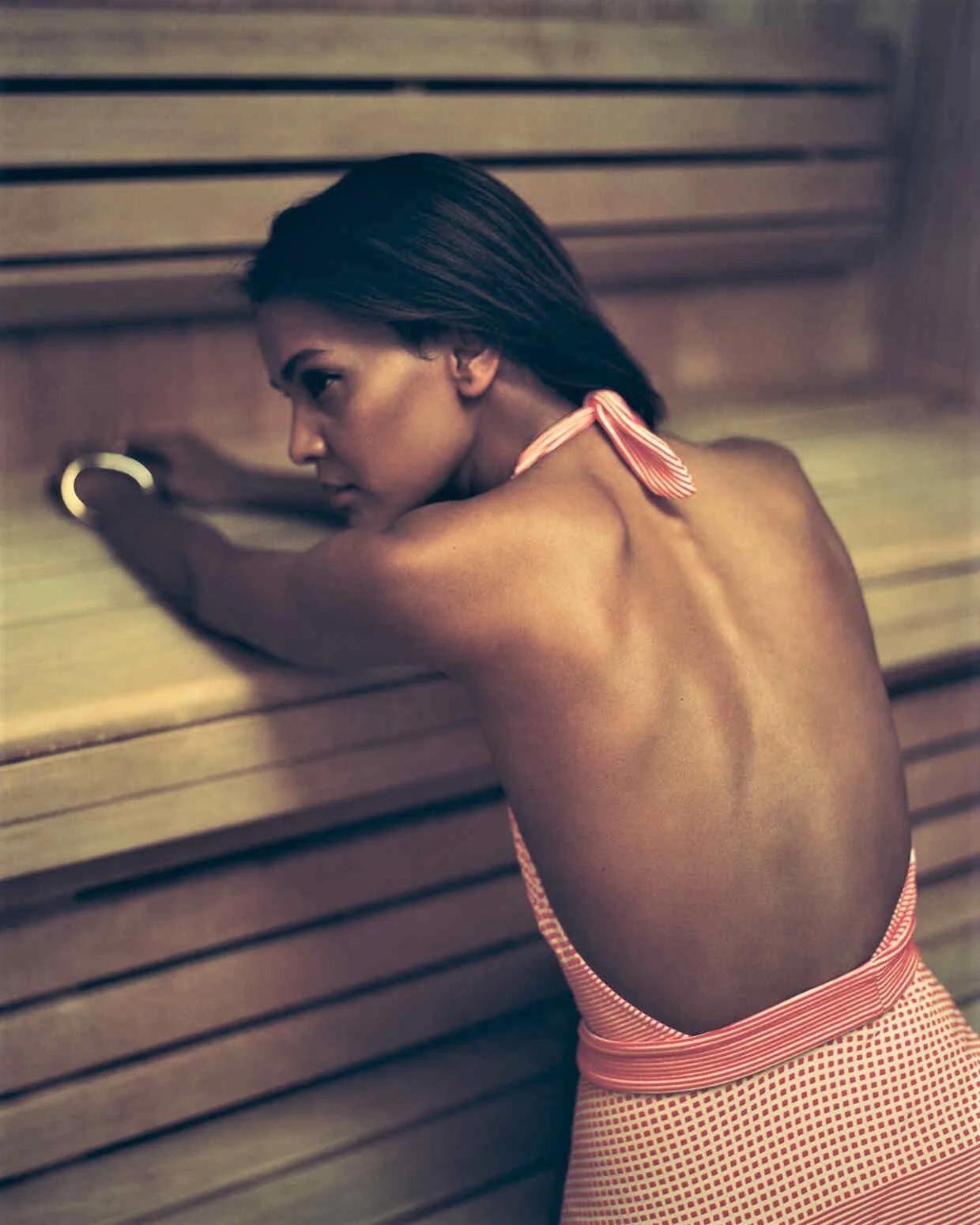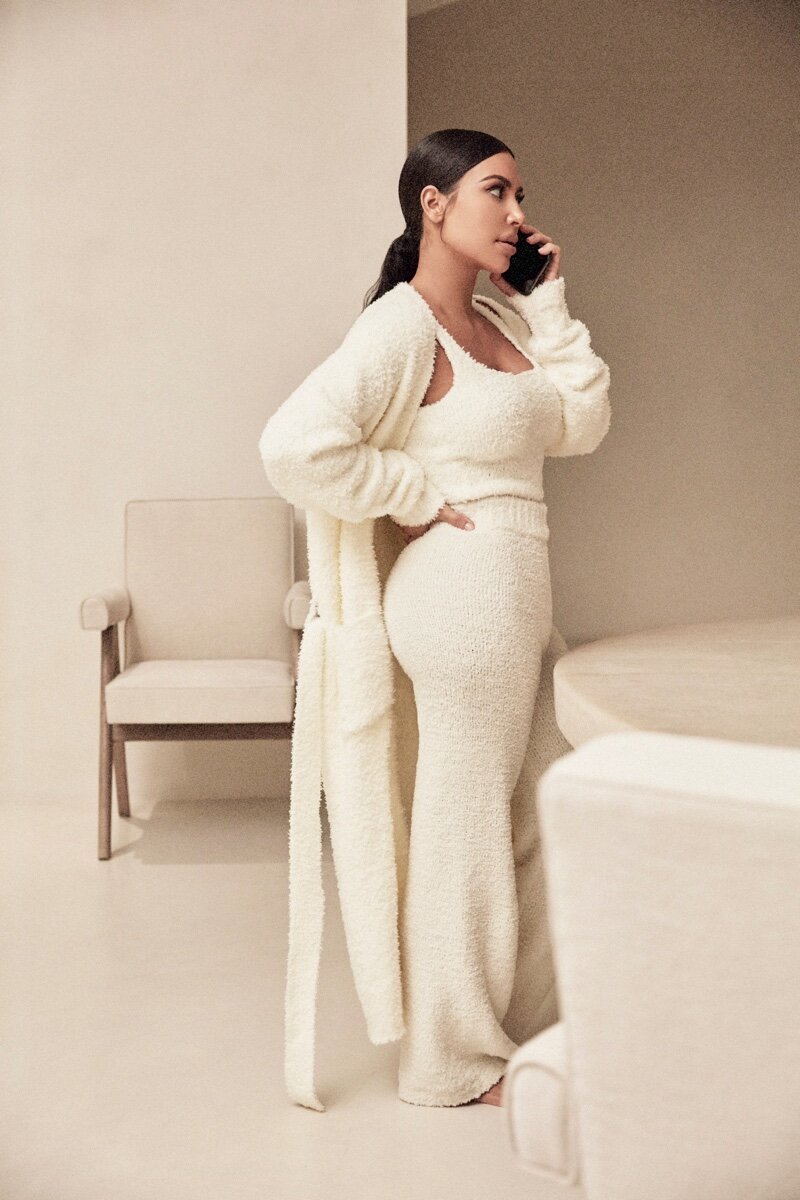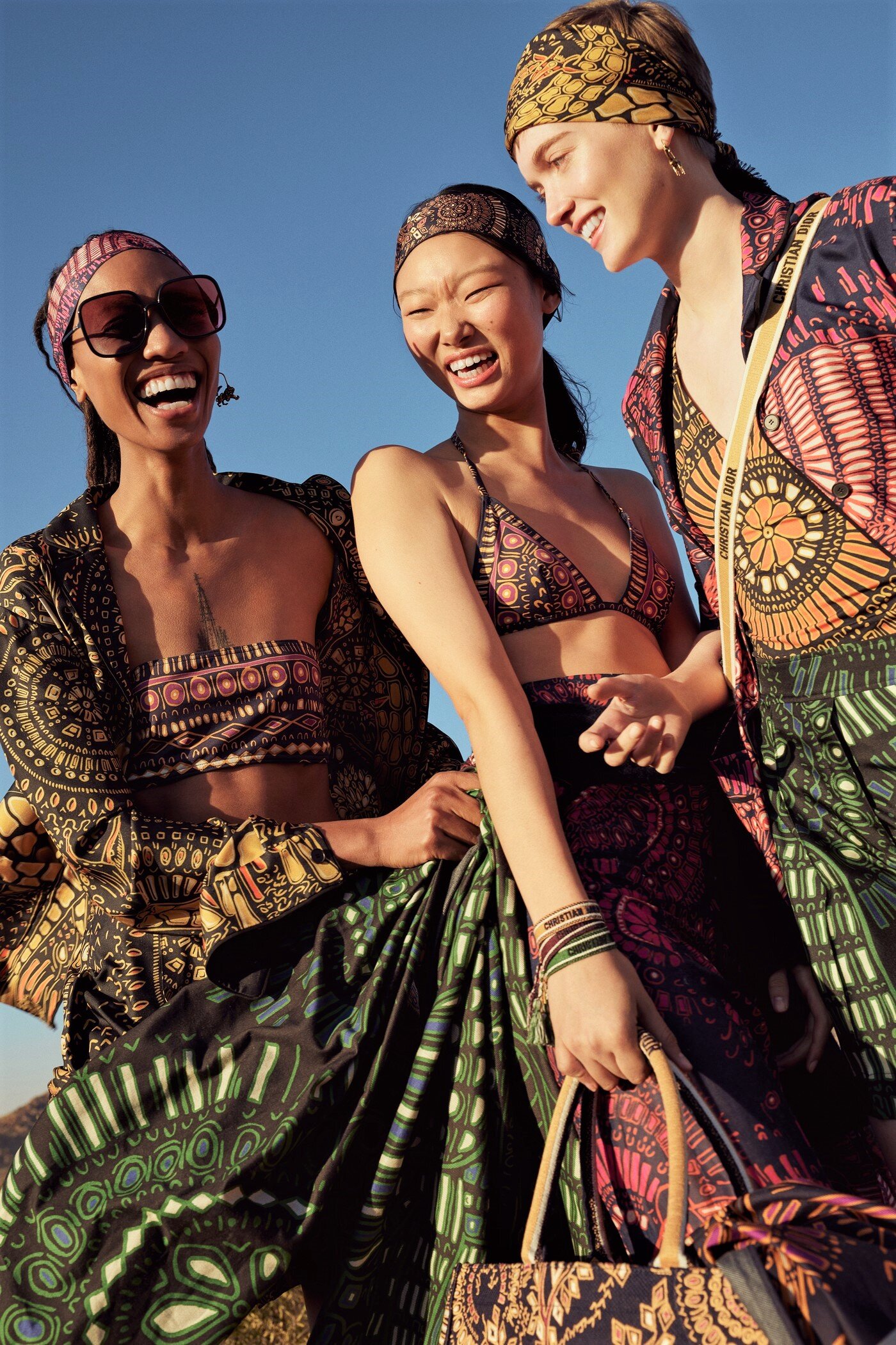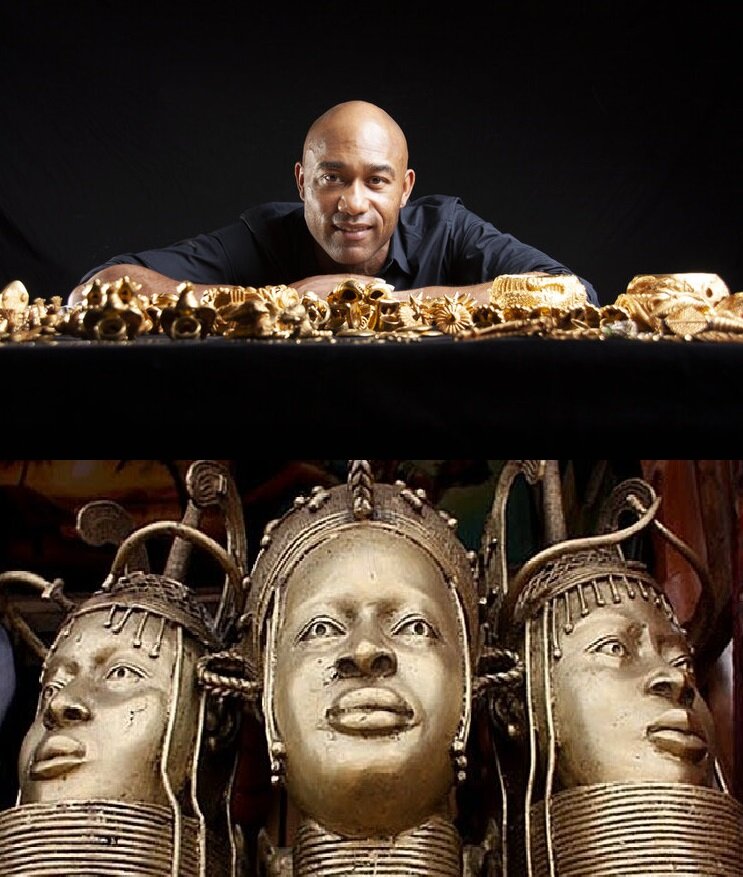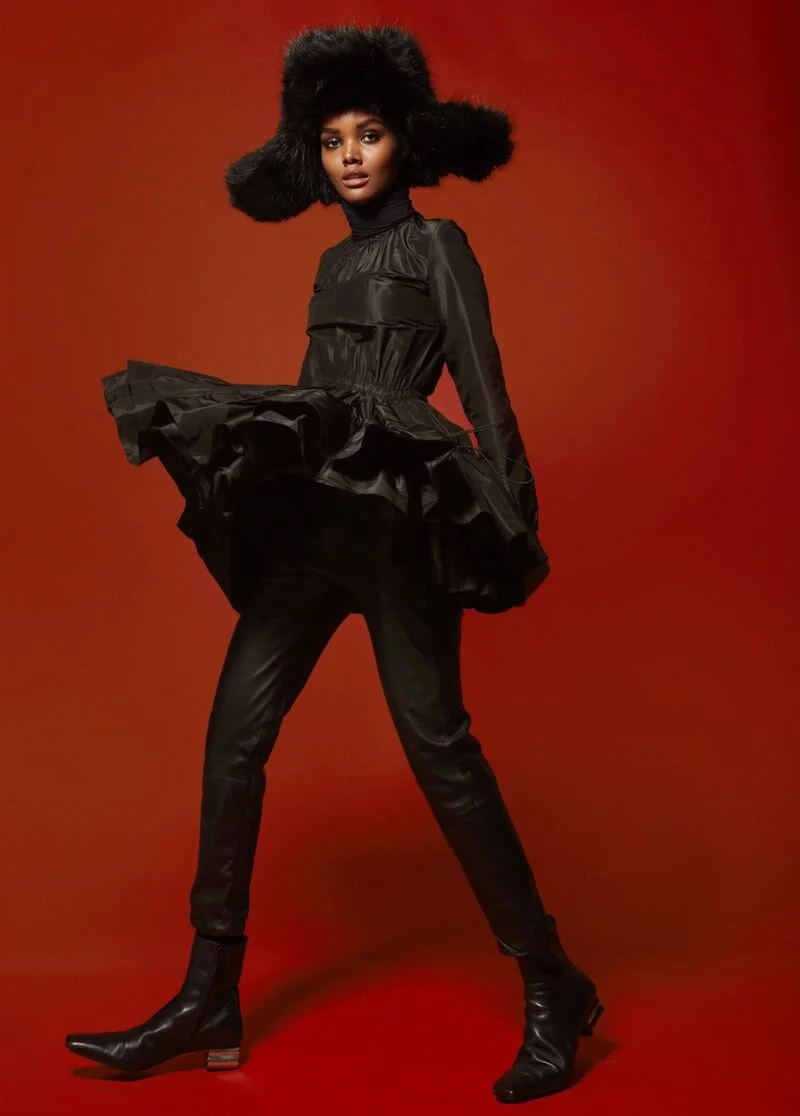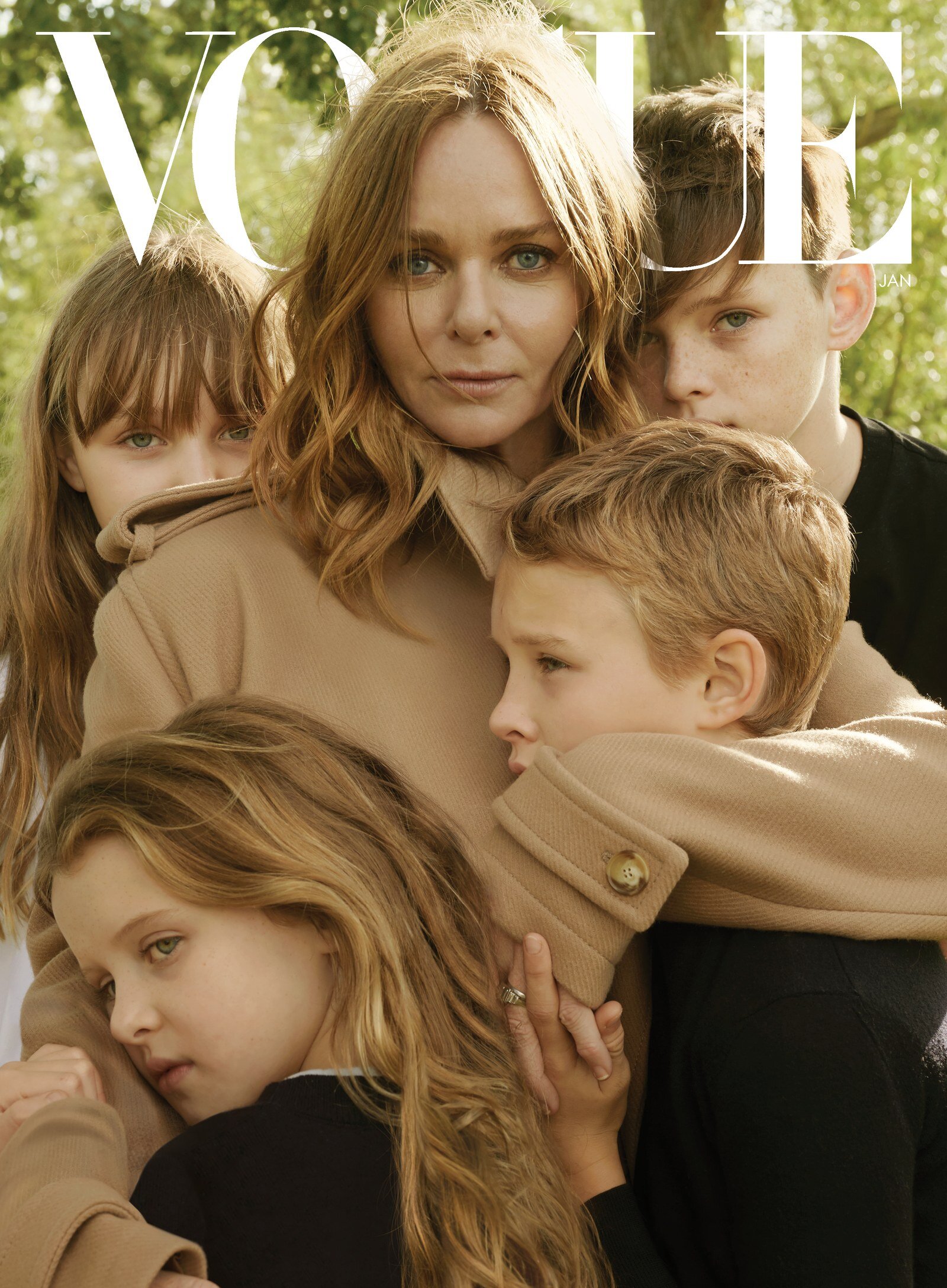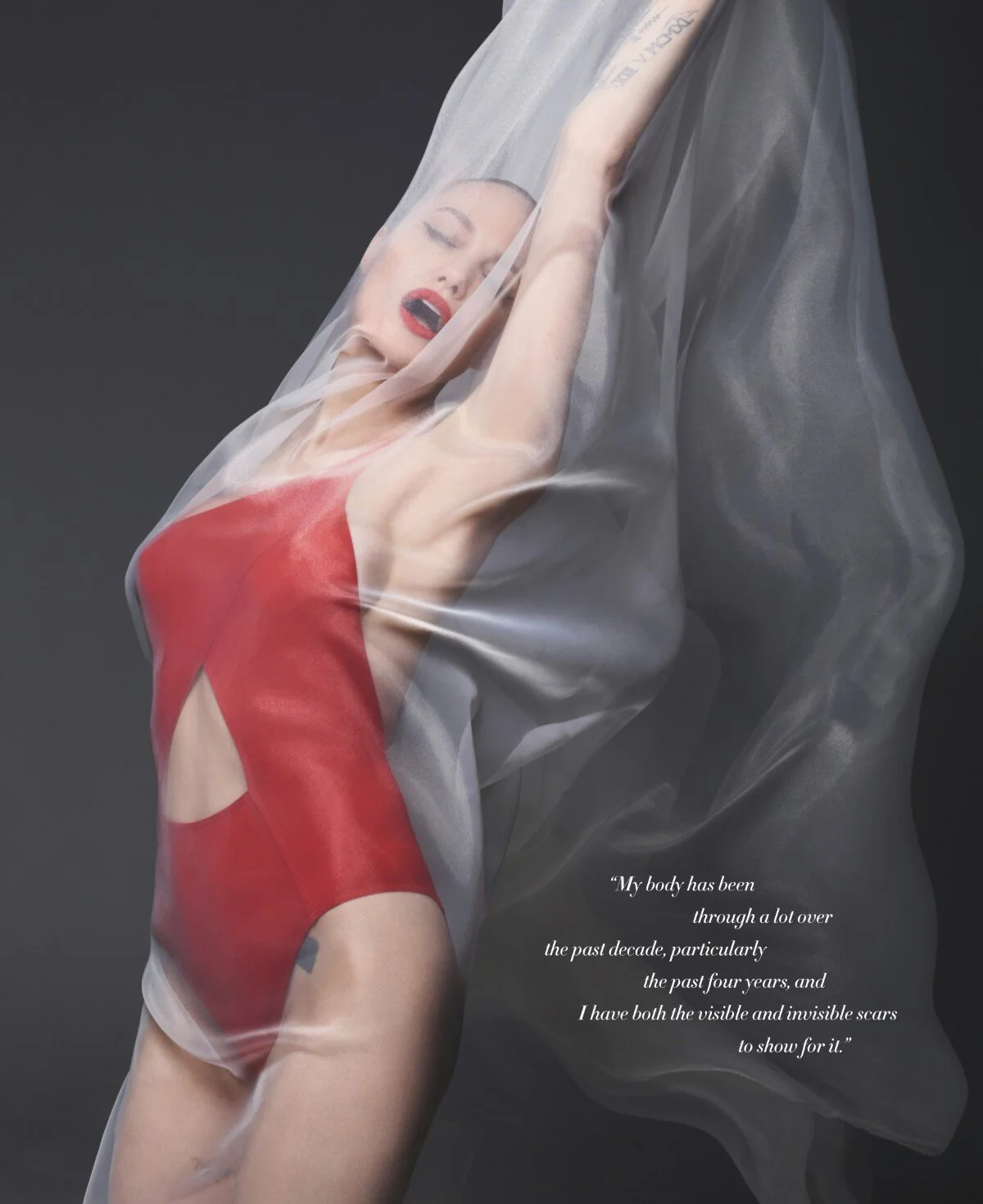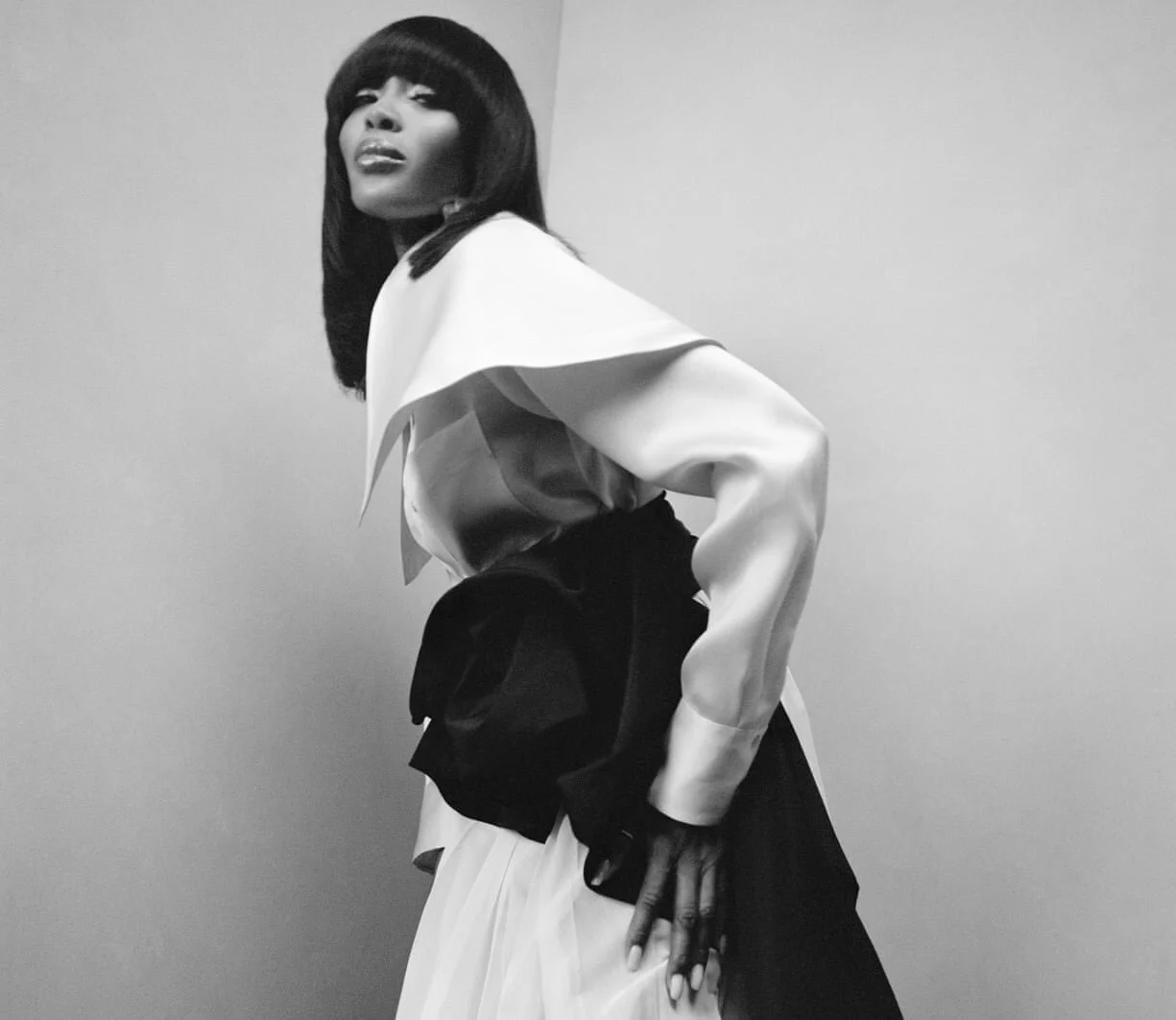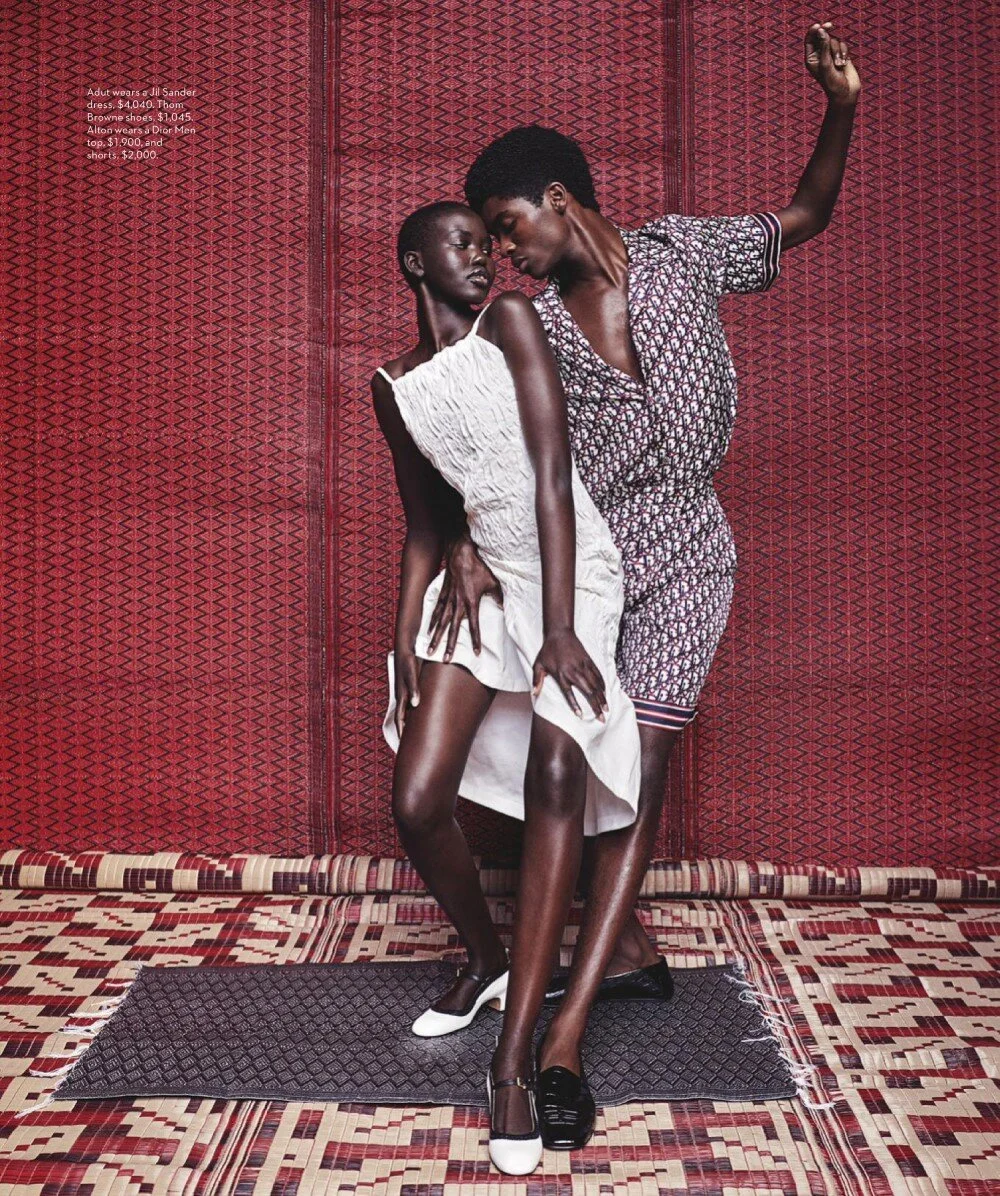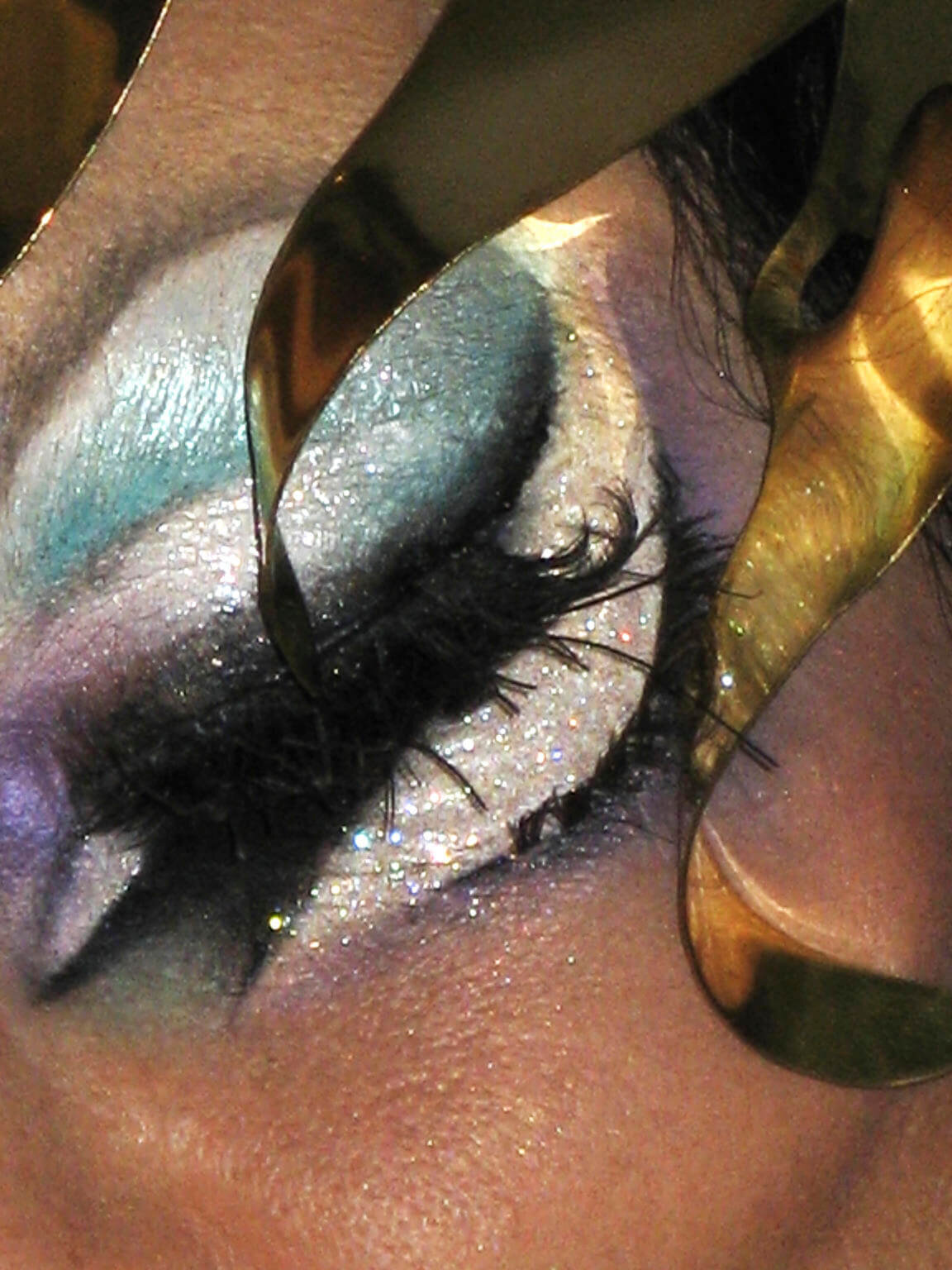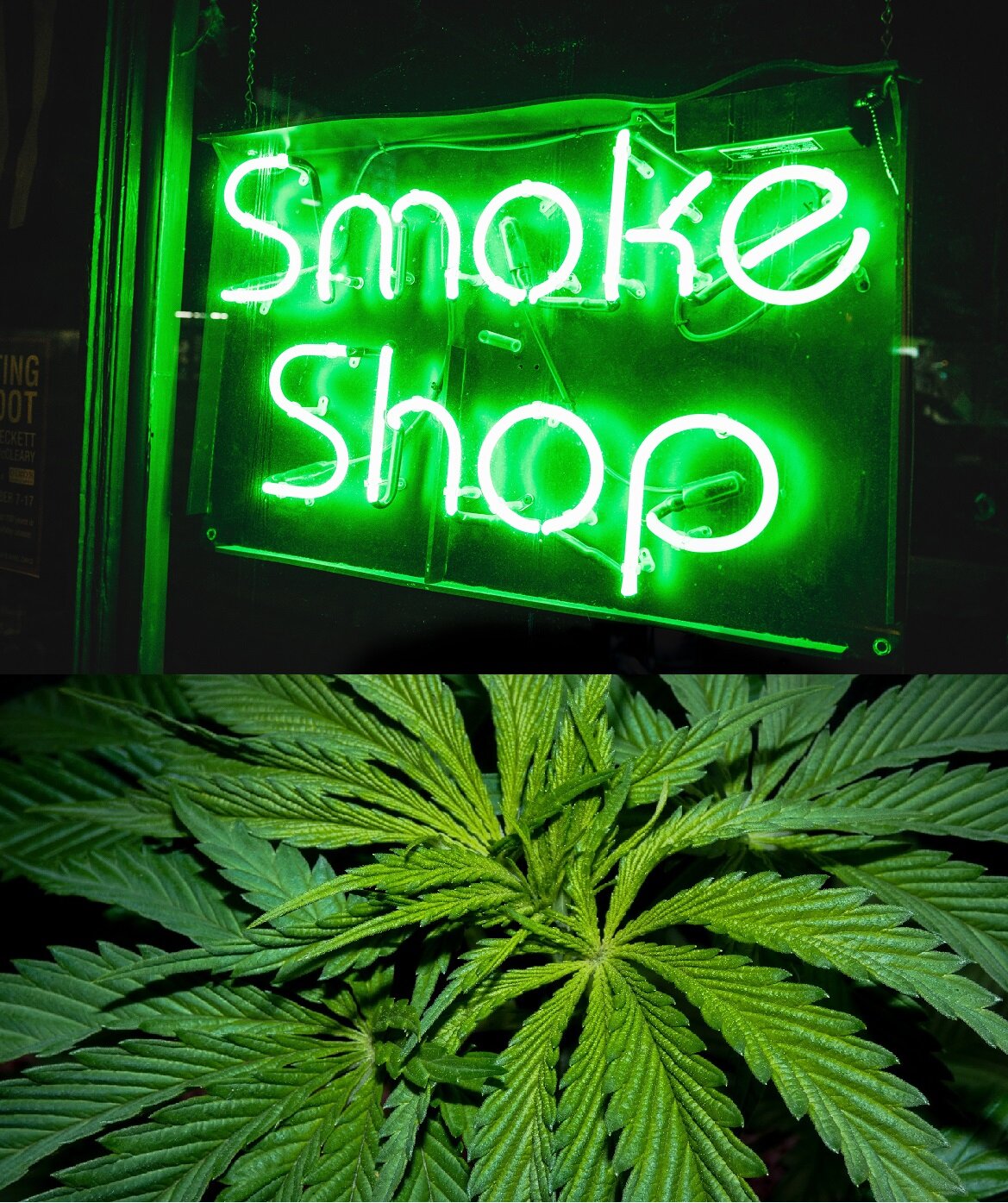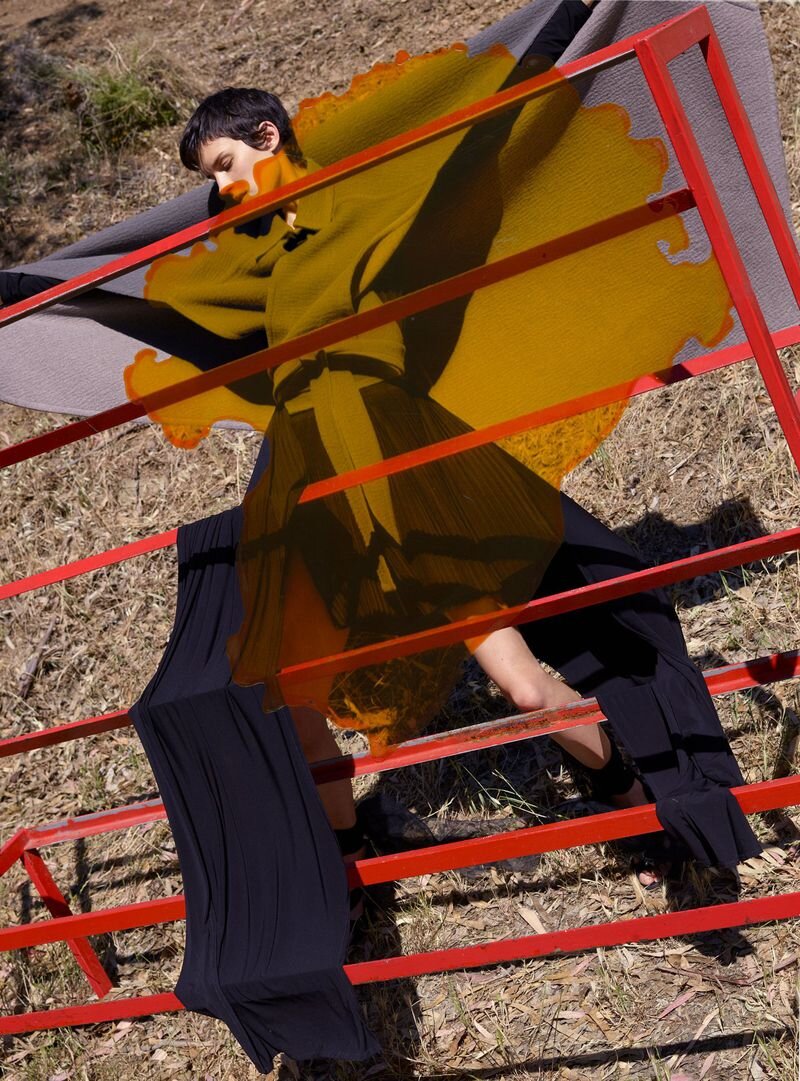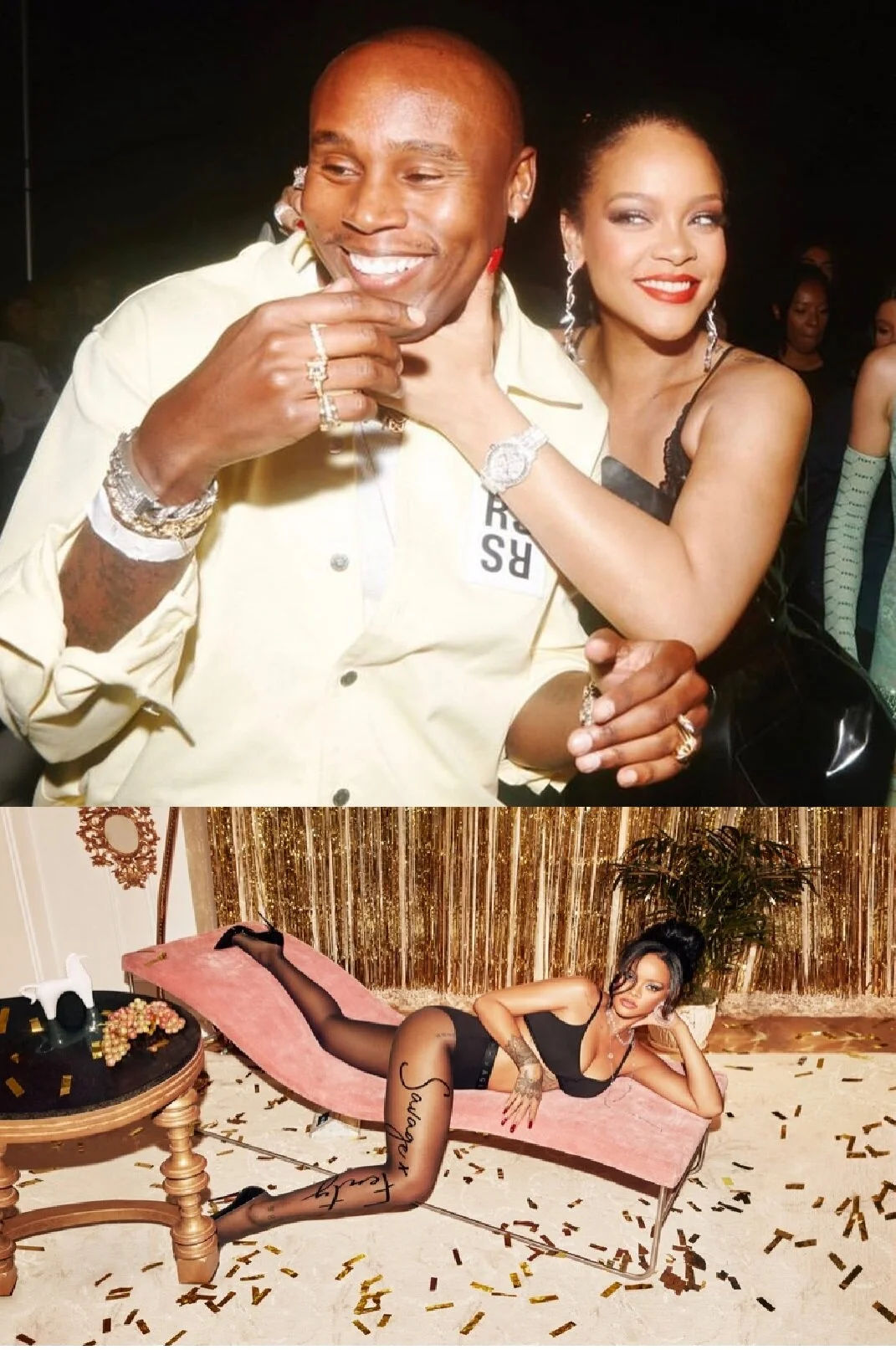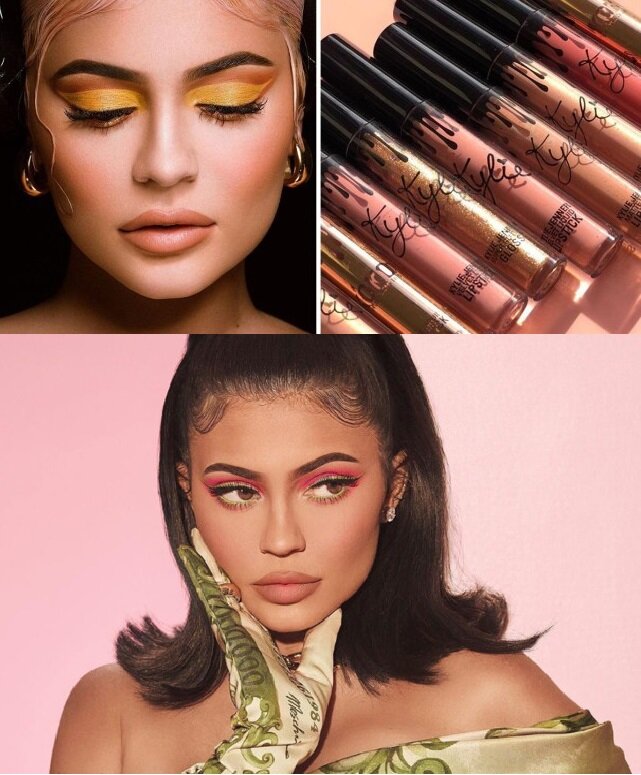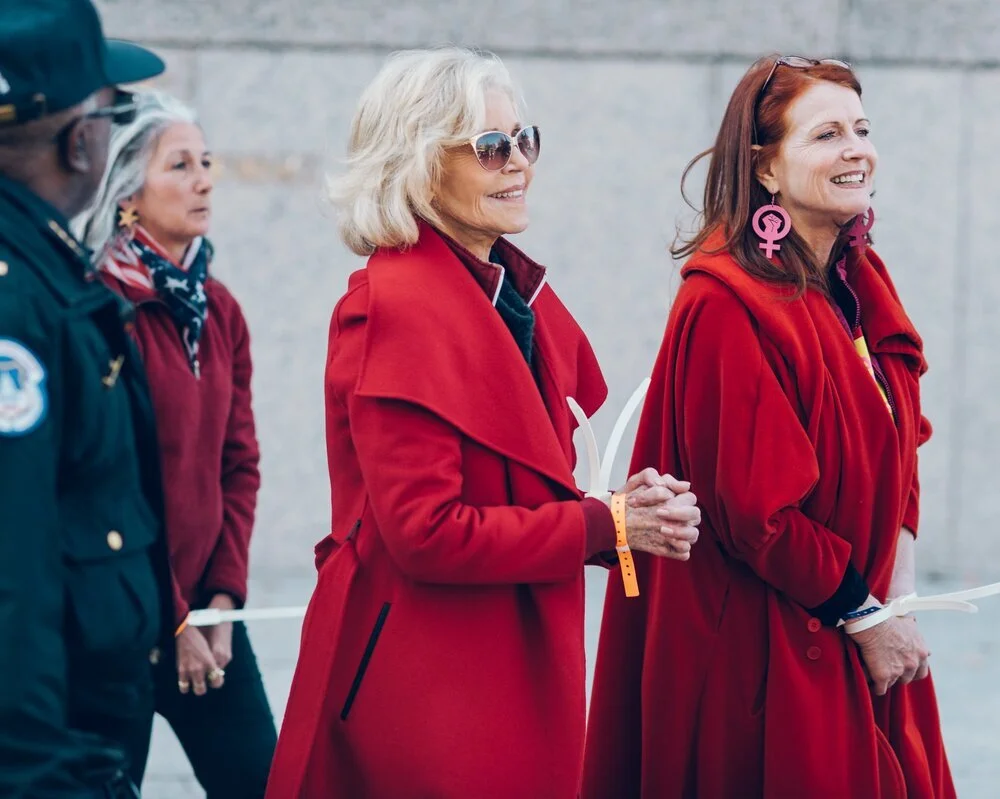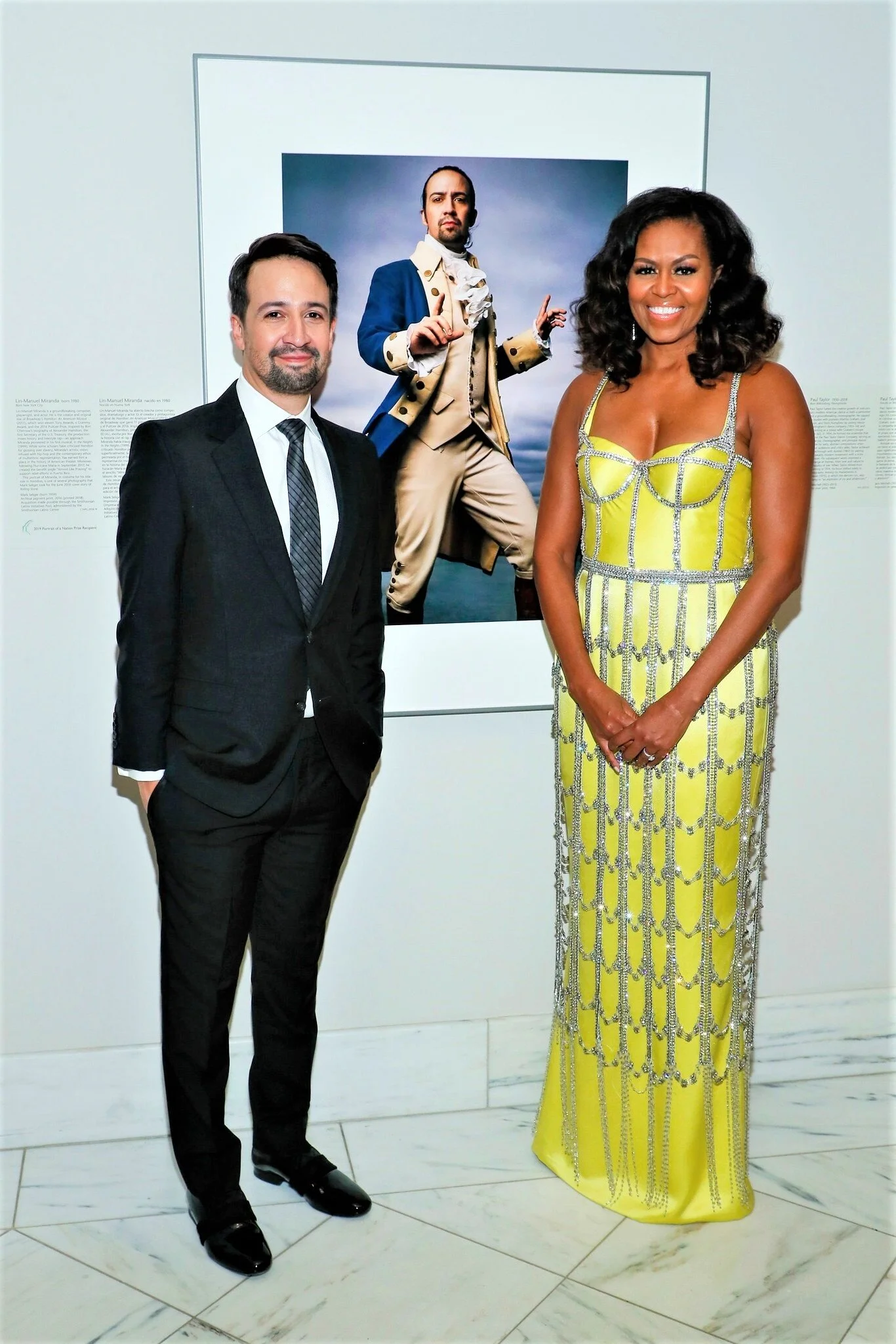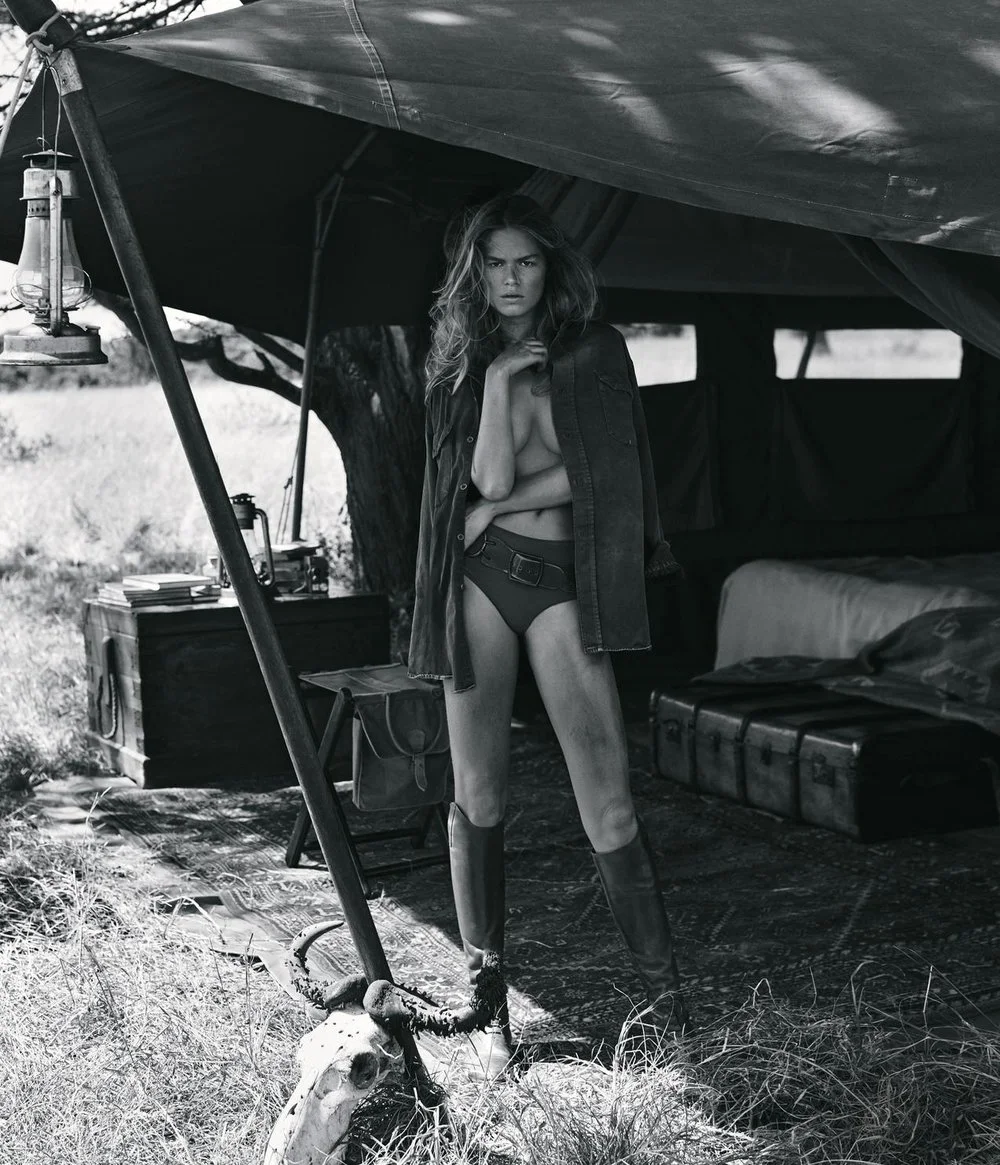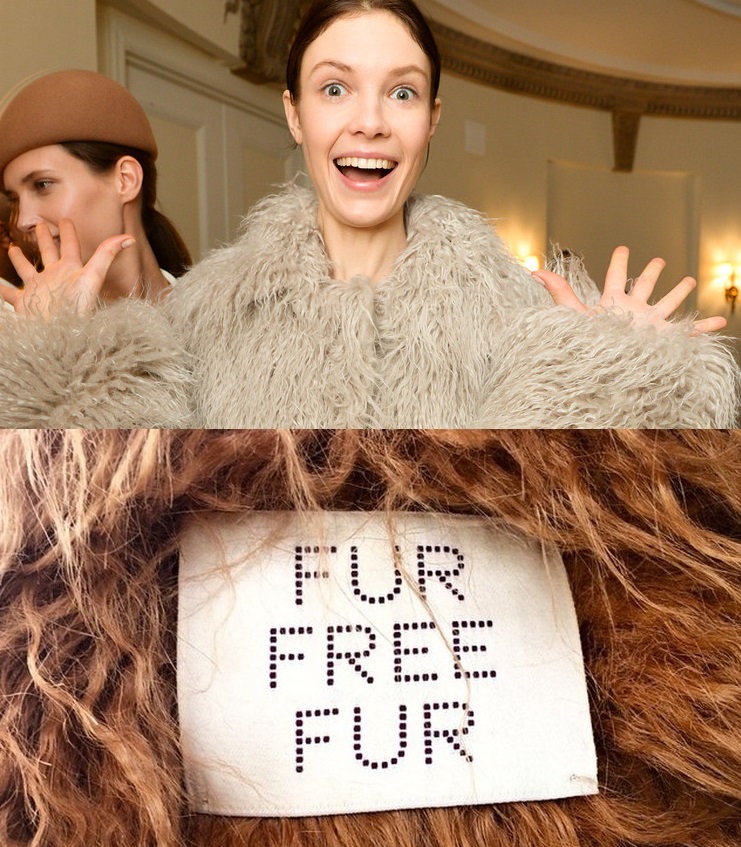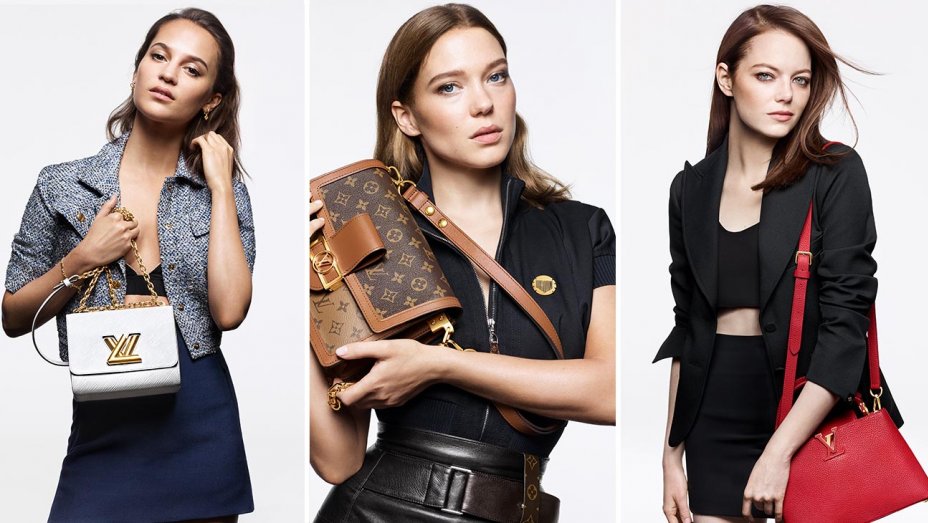Edie Campbell Is Fashion Industry Oracle, Joining Cameron Russell In Fight Against Model Exploitation
/Top model Edie Campbell graces the December 2017 issue of Vogue China, lensed by Patrick Demarchelier with styling by Daniela Paudice./ Makeup by Romy Soleimani; hair by Ward
Ironically, Campbell is styled as a possible muse from an ancient Greek temple like the famous one at Delphi. Occupation of the site at Delphi can be traced to the Neolithic period with extensive use beginning in the Mycenaean period (1600-1100 BC), a time we associate with the fall of the goddesses in cultural worship and the rise of patriarchy, which established deep roots in ancient Greece. The name 'Delphoi' comes from the same root as δελφύς delphys, "womb" and may indicate archaic veneration of Gaia at the site, writes Wiki. An oracle was a priest or priestess -- originally we believe it was primarily women as priestesses -- acting as a medium through whom advice or prophecy was sought from the gods in classical antiquity.
Enough with ancient history of the goddesses. Edie Campbell became a fashion industry muse and oracle this week, writing an open letter published by Women's Wear Daily, in which she highlights the abuse of all models, including men. In a maverick twist, Campbell suggests that in the fashion industry, the abuse of male models is every bit as serious as among the women.
“We have a problem: we operate within a culture that is too accepting of abuse, in all of its manifestations. This can be the ritual humiliation of models, belittling of assistants, power plays and screaming fits. We have come to see this as simply a part of the job.”
Campbell’s letter is in response to the Instagram campaign to raise awareness of sexual exploitation of models started in October by the US model Cameron Russell.
Here is Edie Campbell's letter in full:
"Why do I feel compelled to write this? Because we have reached a turning point. This could be the moment at which everyone within the fashion industry takes stock of where we are, and the culture we operate within and perpetuate. This could be a moment to be honest about the behavior we sanction, a pause, or a moment of self-reflection.
Morals vs Money
Or, alternatively, we could just repeat what happened in 2010, when serious allegations were brought against a single photographer. Everyone looked away, winced, shifted nervously and turned a blind eye. Because we all know that it spreads far, far further than one man. But the other men and women, the photographers and the stylists, the casting directors and art directors, and the model agents and the models — they’re too powerful. And we’re shooting a big ad campaign with them next week. And we know that when one domino falls, the whole lot of us will be taken down. Once you start pointing fingers, where does the buck stop? And to put it simply: our morals don’t always align with the money.
Since Cameron Russell enlisted the help of many fashion people to share the stories of sexual abuse she had been sent — anonymously — by other models, the conversation has only focused on Terry Richardson. Media coverage has been frustratingly limited to Richardson. Broadsheet newspapers write clickbait articles that avoid the more nuanced and complex truth, which is this: The models that shared their stories with Cameron were not all talking about the same photographer.
And more than this: many of them were male models. There has been scant mention of the sexual abuse suffered by male models in the mainstream media, despite the fact that many men bravely told their stories through Cameron’s Instagram.
Unique Abuse of Men in Fashion Industry
Abuse suffered by young men is more complex. I would assume that it is more difficult for the victims to speak out: The language doesn’t exist, and the conversation is currently weighted heavily in support of young female victims. The shame felt is probably greater as there is a stigma involved. The abuse can be perceived as emasculating, and then there is the delicate subject of homophobia. The global conversation about sexual abuse has been (possibly rightly) focused on female victims. The statistics add up. But when you zoom in on the fashion industry, I would assume that the numbers are much more evenly split between male and female victims. Within fashion, the discussion then becomes less about toxic masculinity and patriarchy, and more about abuse of power.
It is worth pausing at this moment to say that I have no first-hand experience of sexual abuse within fashion. I would also like to state that throughout my 12 years as a model, I have been unbelievably privileged to work with such extraordinary people. They are funny, talented, exciting and cultured human beings. And I am very grateful, and very lucky.
But we have a problem: We operate within a culture that is too accepting of abuse, in all of its manifestations. This can be the ritual humiliation of models, belittling of assistants, power plays and screaming fits. We have come to see this as simply a part of the job. Although we may not all, as individuals, have actively contributed to this culture, every time we turn a blind eye, our silence perpetuates that culture. Our inaction makes us complicit.
Tackling the Model Abuse Problem
So where are the origins of this problem? And how do we begin to tackle it?
First, there is no line between the personal and the professional. Work, to me, does not look like work: I undress in front of the people I work with, I travel with these people, I get drunk with them, they ask me who I’m shagging, we tell stories, we giggle, we gossip and we become part of “the gang.” It’s a school trip for all ages. When an industry becomes as informal as this, it becomes harder to define what is appropriate behavior for the workplace. Pranks, sexually explicit jokes, suggestive comments — these all slide under the radar in a “fun” and “creative” industry like fashion. Please note the irony of tone.
Second, fashion applauds diva behavior. The problem with fashion’s celebration of extreme behavior is that it becomes a game of one-upmanship, with no one ever calling out: “Too far!”
Third, fashion hates boring or uncool people. But I think we have to reassess what exactly qualifies as “uncool.” Being 15 — or, actually, being any age — and not wanting to be topless, or strip naked in front of what are essentially your “work colleagues” is not prudish. Not wanting to make out with someone for a picture is not “being difficult.”
Rejecting the Artist-Genius
Finally, the fashion industry revolves around the artist-genius. As an artist-genius, you are allowed to behave in any way you see fit, and you inspire total fear and devotion from your followers. If you are creative, and if your work is good, you will be forgiven anything. You are given carte blanche to express that creativity, whatever your means of expression may be. And if that creativity only flows after midnight, and if it only responds to semi-nude young men or women, then so be it. You see where I’m going here? There need to be boundaries. There must be limits to the creative process, given the potential human cost. Fashion is great when it celebrates the people involved in the creative process, not when it destroys them. The work should not become more important than the people who are involved in it.
When models go on set, we enter into an unspoken contract. For that day, we surrender our bodies and our faces to the photographer, stylist, hairdresser and makeup artist. We relinquish ownership of ourselves. To state the obvious: We sell our desirability. That is the job description — be as desirable as possible. This doesn’t mean that, “we’re asking for it.” Our success and our financial security are dependent on those more powerful than us. The power imbalance is huge, and the duty of care to that model is even greater as a result.
So where do we go from here? A period of introspection and self-examination, perhaps. And then a series of conversations about what kind of working practices are acceptable. As a part of ongoing conversations at Condé Nast, stylist and editor Katie Grand has suggested that hours of work be limited to 12-hour days. Editorial concepts, including nudity, should be discussed prior to the shoot, so that models are not arriving on set to be surprised and pressured into a day spent naked. Why do we sanction models under 18? As James Scully put it, “No one at that age is equipped to handle any kind of abuse or advance. We cannot continue to [do] this kind of damage to the psyches of teenagers. And everyone from the agents who sign them to the people who book them must start to take responsibility for this.”
Agents Are Part of the Problem
It comes down to responsibility, and this falls to agents to do their job. Some of them are, but many aren’t. They are responsible for the physical and mental wellbeing of the models they represent. Don’t sell your model out to protect your relationship with a photographer or stylist. When a model comes to you, listen. Lastly, there should be no tolerance of abuse. Isolated incidents are often not isolated. Question your working practice. Question the situations that have been normalized. Why is it acceptable that models are sent alone to photographers’ homes for castings? Be aware of the situations in which you place your models, and be aware of the kind of silent pressures and power plays to which they are vulnerable. If all agencies, casting directors, stylists took the same hardline approach against those that you know to be abusers, we might be closer to finding a solution. And to all the others: Don’t stay silent. Your inaction is complicity. As one, now-retired, male model I spoke to put it: “The real story is the enablers: The people who work with them [the abusers] and don’t do anything. They knowingly put young men and women in dangerous situations.”
This is a moment for us all to examine the behavior we have normalized. Fashion is a closed world, and fiercely self-protective. But it is time to reassess, and it is time to start regulating ourselves. I hope I am not being reckless in writing this piece. And I hope that my understanding of the situation is correct, and that I have judged the mood accurately. I hope that the conversations I have had with people, the texts that I have received in agreement with the things I have said, are sincere. Because as Scully said in an e-mail to me, “so many girls ruined their careers standing up to Terry…and as you know, society always likes to put the people who speak out on trial.”
